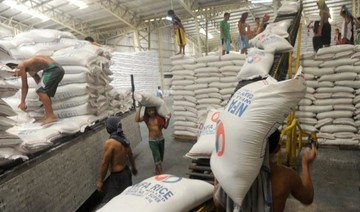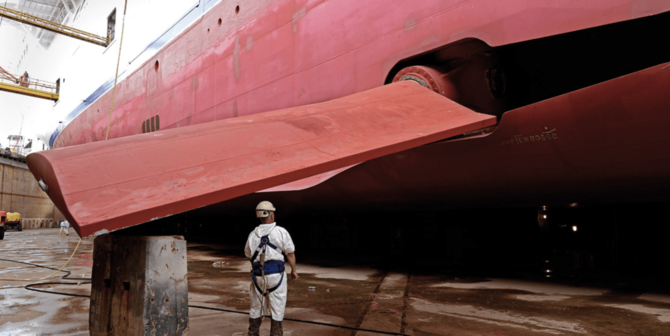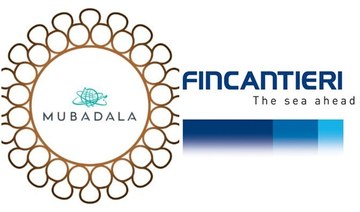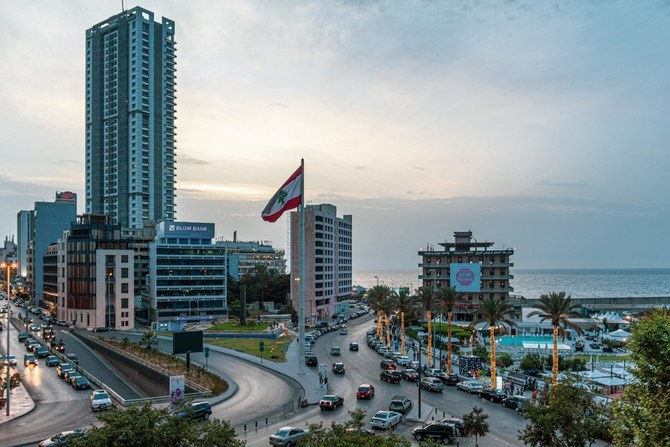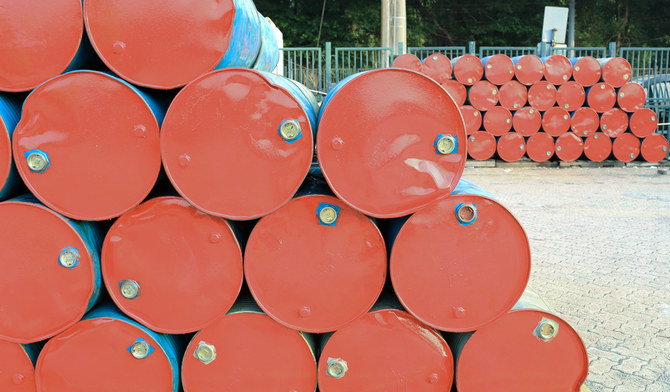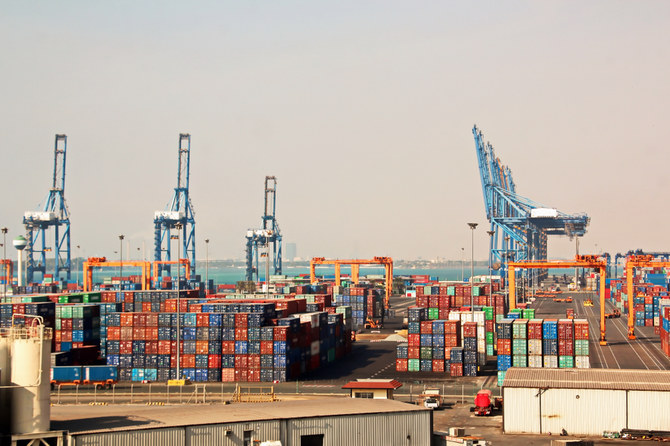DUBAI: Philippine consumer prices further eased in February, falling within the government’s target range set for the year and boosting confidence the economy would grow faster within the period.
The country’s inflation rate last month was pegged at 3.8 percent, versus a higher 4.4 percent in January while it was the same as the February 2018 annual rise in consumer prices.
A “slowdown in inflation remained to be primarily attributed to the slower annual increase in the index of the heavily-weighted food and non-alcoholic beverages at 4.7 percent,” the Philippine Statistics Authority (PSA) said in a statement on Tuesday.
The Philippine government has set an inflation target of between 2 percent and 4 percent for 2019, and government planners expect the rise in consumer prices to ease at an average 3 percent in 2020.
“Excluding selected food and energy items, core inflation eased further to 3.9 percent in February 2019. In the previous month, core inflation was noted at 4.4 percent and in February 2018, 3.0 percent,” the PSA said.
“With these developments, we are optimistic that the downward path of inflation will continue for the rest of the year. This will be backed by the recent enactment of the Rice Industry Modernization Act, which is expected to bring down rice prices and cut inflation by 0.5 to 0.7 percentage point this year and 0.3 to 0.4 percentage point next year,” a joint statement from the Philippine economic team said on Tuesday.
“The economic team is upbeat that inflation is again starting to become manageable. While we constantly keep a close watch on the general prices of goods, we can now pay greater attention to programs that will further propel economic growth and help us reach our long-term development goals.”
As such, analysts are confident the Philippine economy would grow faster this year with a slower rise in consumer prices plus the sustained government infrastructure spending and private construction activities.
A report from Union Bank of the Philippines’ forecasting model indicate that the country’s gross domestic product (GDP) may expand at 6.4 percent in the first quarter, after a 6.1 percent growth in the last quarter of 2018.
Analysts from the First Metro Investment Corp. and the University of Asia & the Pacific likewise said the Philippine economy was poised for faster growth this year, but cautioned that budget delays could derail growth prospects.
“Early economic numbers showed a positive tone, especially with inflation receding fast, but downside risks lurk in the real economy in the horizon,” FMIC and UA&P analysts said the latest issue of their joint publication, The Market Call.
The Philippine government is scheduled to report first-quarter GDP data on May 9. The current administration is targeting an annual GDP growth of between 7 percent and 8 percent annually.
“Our projections that headline inflation will ineluctably fall (year-on-year) to below the Bangko Sentral ng Pilipinas target of 2 percent to 4 percent would suggest a rebound in consumer spending, boosted further by election-related spending,” the publication noted.
“Infrastructure spending and private construction should prolong their elevated trajectory, even though the risk posed on the former by the re-enacted budget may have a temporary effect in Q1-2019.”
“The Palace welcomes this positive development as proof that the macroeconomic policies of the Duterte administration have been effective in addressing soaring prices. We expect further improvement and disinflation,” presidential spokesperson Salvador Panelo meanwhile said in a statement.




